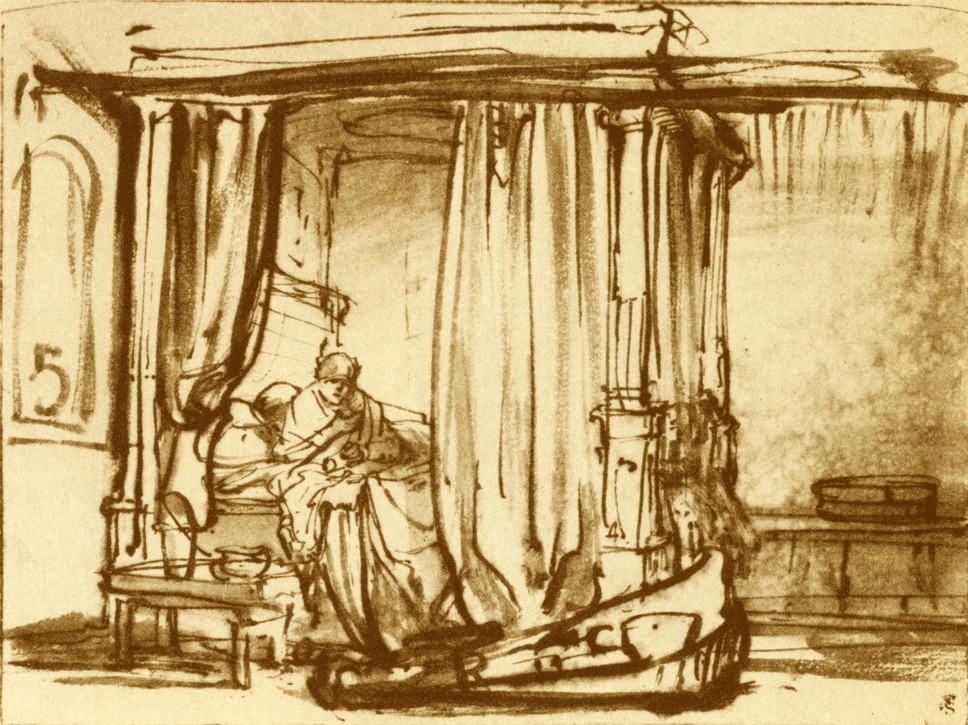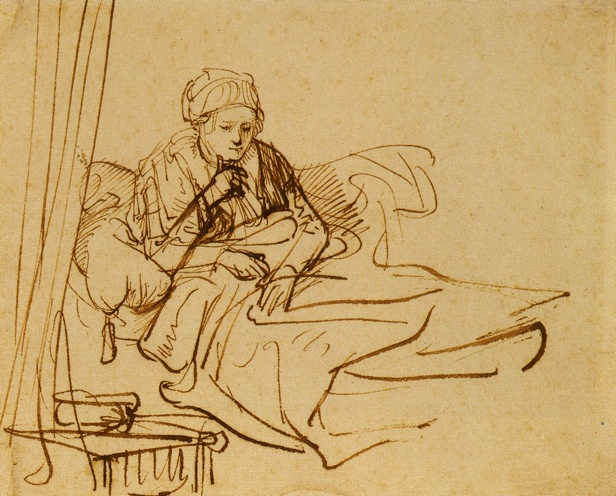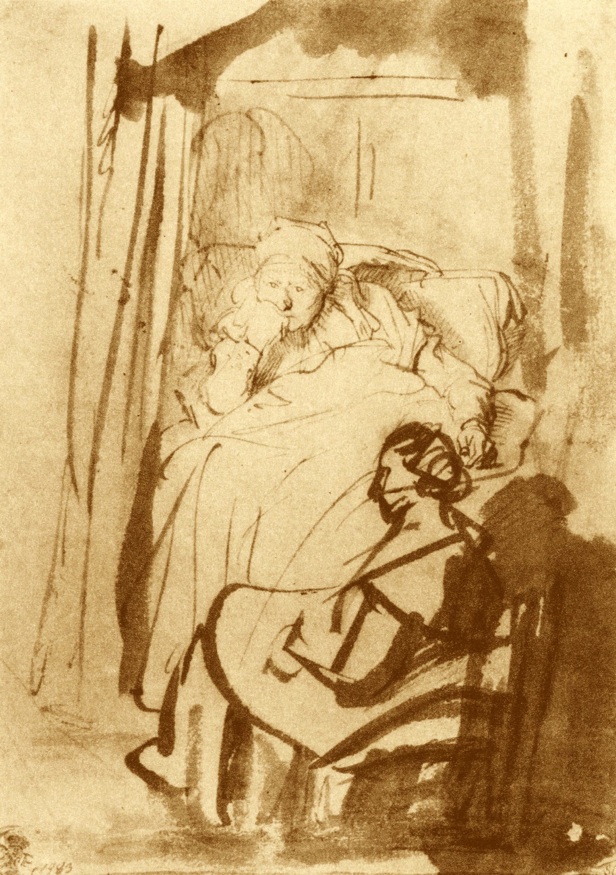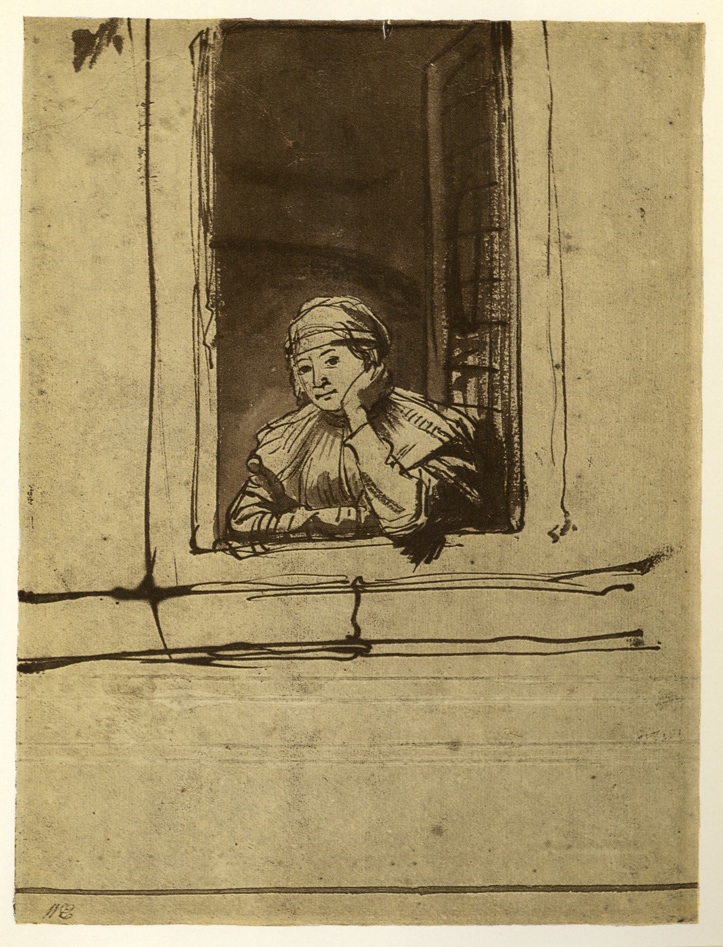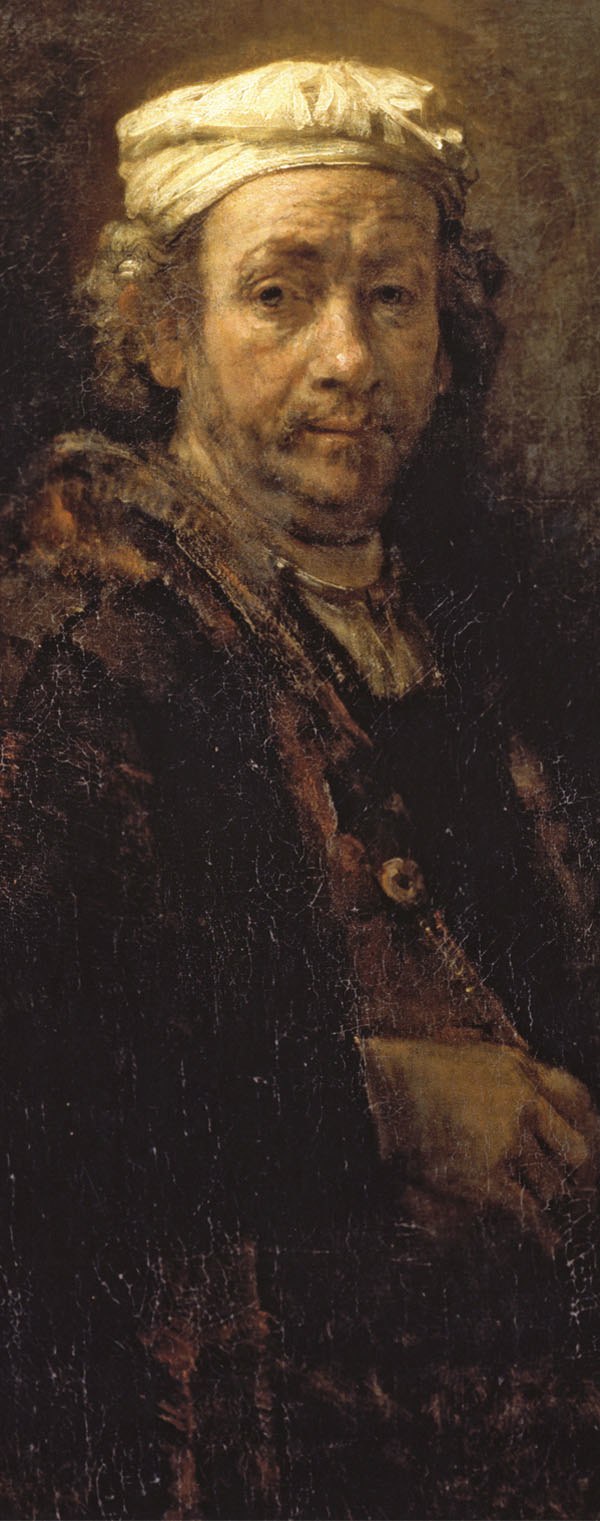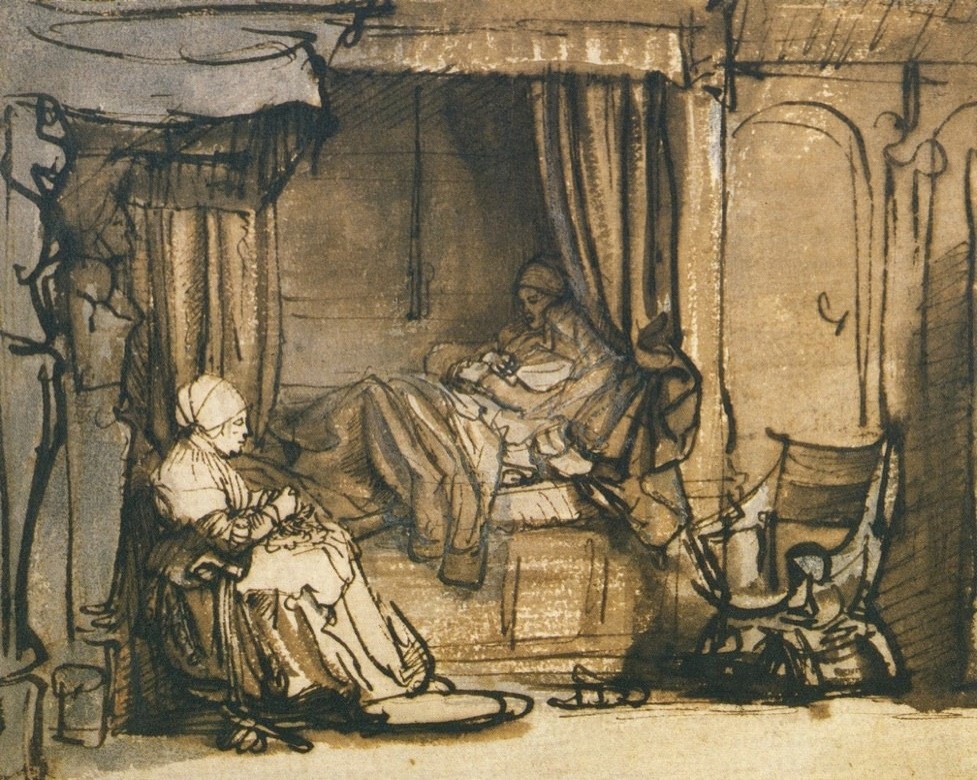John Dowland (1562-1626)
There is some debate over John Dowland's date of birth. In 1612, Dowland wrote that he had "now entered into the fiftieth yeare of mine age," but whether that means that he was born in 1562 or 1563 remains unclear. Nor is much known about Dowland's younger years except for Dowland's claim that his music education began at an early age. He spent some time in France engaged in the service of Sir Henry Cobham and in 1588, obtained a BMus at Christ Church, Oxford.
Though unable to obtain a position within the English court, Dowland was nevertheless one of the highest paid court servants while he remained in the service of Christian IV, King of Denmark. Under Christian IV, Dowland received the equivalent of two hundred pounds a year. Dowland also enjoyed several leaves to visit England, a rather generous allowance from a court employer at the time.
The Lute Song
As the madrigal faded out of popularity in England, the lute song was imported from Continental Europe to replace it. Whereas a madrigal required multiple voices, the lute song was often for solo voice accompanied by lute. Along with Thomas Campion (1567-1620), Dowland was one of the most influential lute composers. Dowland synthesized the broadside ballad, dance music, the consort song, and the madrigal into a distinct genre, the English lute song.
During his lifetime, John Dowland published eighty-eight lute songs, sixteen psalms and spiritual songs and twenty-one dances for viols or violins with lute. All these were carefully prepared for publication by the composer. In stark contrast the majority of his lute solos have survived in much less reliable forms. Apart from the two solos that appeared in "A Pilgrimes Solace" and "A Musicall Banquet" and the nine pieces (or ten if you consider "Sir Henry Guilforde his Almaine" to be by him) that are found in "A Varietie of Lute Lessons" published by his son in 1610, his solo lute music has come down to us in sources from all over Europe with little or no direct involvement by Dowland. It is unfortunate that he never fulfilled the promise he gave in "The First Booke of Songes" to "set forth the choicest of all my Lessons in print."
Dowland's solo lute music is extraordinarily varied. It ranges from light, frivolous pieces such as "Mrs. White's Nothing" and "Lady Hundson's Puffe" to profound works expressing the darkest melancholy ("Forlorn Hope Fancy" and "Semper Dolens Semper Dowland.") His music is characterized by a tunefulness unequalled in contemporary lutenists' output and many of his solos were given texts to become lute songs. One such example is his famous pavane "Lachrimae," which he published in "The Second Booke of Songes" as "Flow my teares."



